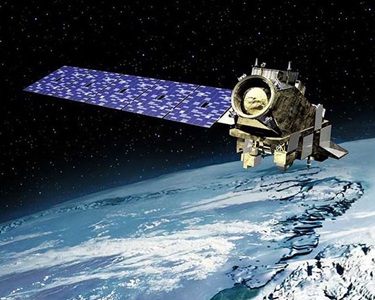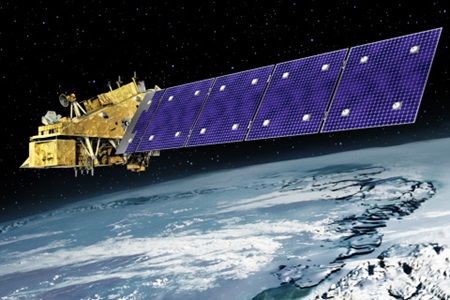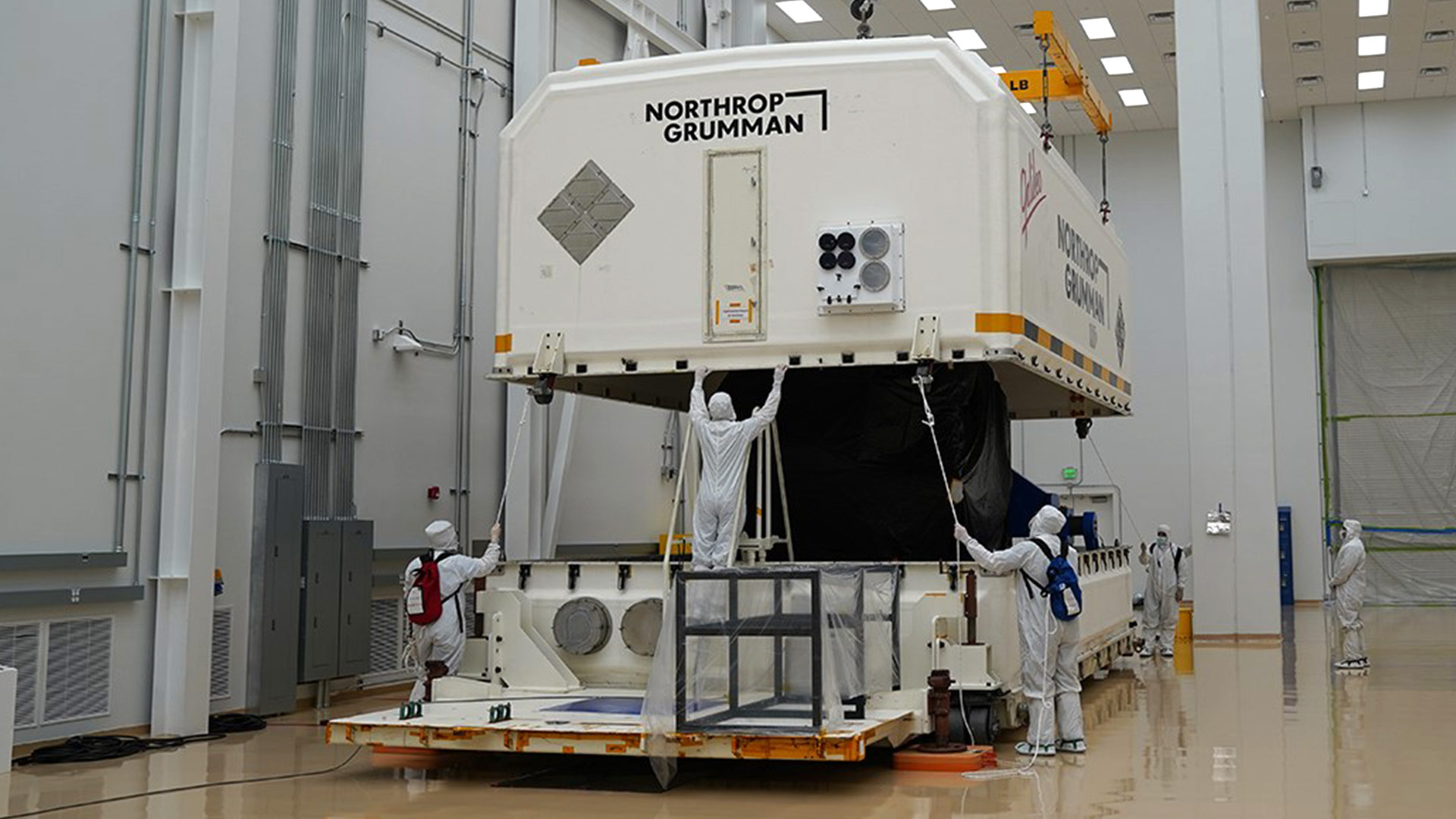Joint Polar Satellite System (JPSS)
Real-time weather and climate data for essential forecasts. That’s Defining Possible.

Northrop Grumman is NASA’s partner to build the JPSS-2 (now NOAA-21), -3 and -4 satellites and the Advanced Technology Microwave Sounder (ATMS) instrument.

About JPSS
JPSS is a series of polar-orbiting environmental satellites. Jointly managed by NASA and NOAA, it is considered a pillar of the global Earth observing system. The satellites cross the equator 14 times a day and have advanced capabilities to measure temperature, moisture, clouds, rainfall, dense fog, volcanic ash, fire locations, smoke plumes, vegetation, snow and ice cover, and ozone. This data is critical for scientists and researchers to make weather forecasts and monitor climate change to make urgent decisions on emergency preparedness for events like hurricanes and long-term assessments for threats like droughts.

NOAA-21 Quick Facts
NOAA-21 operations were handed over from NASA to NOAA in March 2023.
JPSS-2 was renamed NOAA-21 on November 16, 2022, when it reached its final orbit.
JPSS-2 launched from Vandenberg Space Force Base on November 10, 2022 at 1:49 a.m. PST.
Operating from about 512 miles above Earth, the National Oceanic and Atmospheric Administration’s Joint Polar Satellite System-2 (JPSS-2) satellite will capture data to inform weather forecasts, helping scientists predict and prepare for extreme weather events and climate change.
Vehicle: United Launch Alliance (ULA) - Atlas V
Pad: SLC- 3E

Building Technology for a More Sustainable Future
We are committed to environmental sustainability. The satellites and instruments we build collect critical data that is used to analyze, predict and address changes to our planet’s ecosystems, helping us to better understand the role sustainability plays in securing a safer world. Our flight-proven satellite buses, rigorous engineering processes and end-to-end mission capabilities enable us to deliver science missions that produce valuable, even life-saving, Earth observation data.
NOAA-21
The Northrop Grumman-manufactured NOAA-21 satellite was the culmination of seven years of work. Based on our LEOStar-3 satellite bus for low-Earth orbit (LEO) operations, it was built at our Gilbert, AZ site. Our team designed NOAA-21 to efficiently integrate the instruments, including the Northrop Grumman-manufactured ATMS. Our Gilbert site is currently manufacturing JPSS-3, and we were also selected to build JPSS-4.
Here’s how our technology is supporting NOAA’s mission:
- We designed NOAA-21 to provide real-time data to any ground system around the world – better informing our nation’s ability to respond quickly to developing weather events.
- The ATMS we built collects microwave energy from the Earth's atmosphere and surface, data that helps predict the nature and duration of any weather system, such as heavy rains leading to flooding, long term dry conditions leading to drought and the direction and intensity of hurricanes.
- We manufactured components including the solar array, thermal control, propellant tank, and primary structural elements inclusive of the main instrument deck, along with structural elements for the Cross-track Infrared Sounder (CrIS) and Visible Infrared Imaging Radiometer Suite (VIIRS) instruments.
Media Contact
Laura Keefe
703-280-4815







